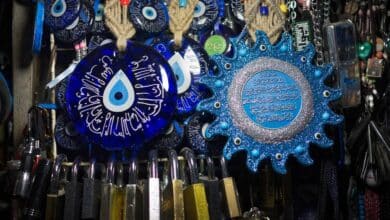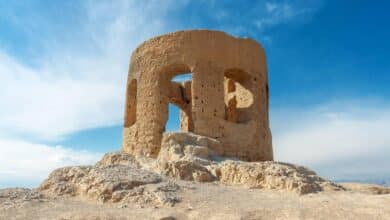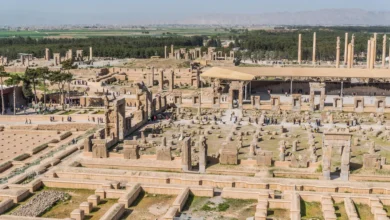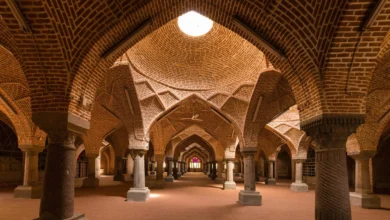Iranian Calligraphy: The Art Of Beautiful Writing
Learn About One Of The Greatest Arts Of Iranians
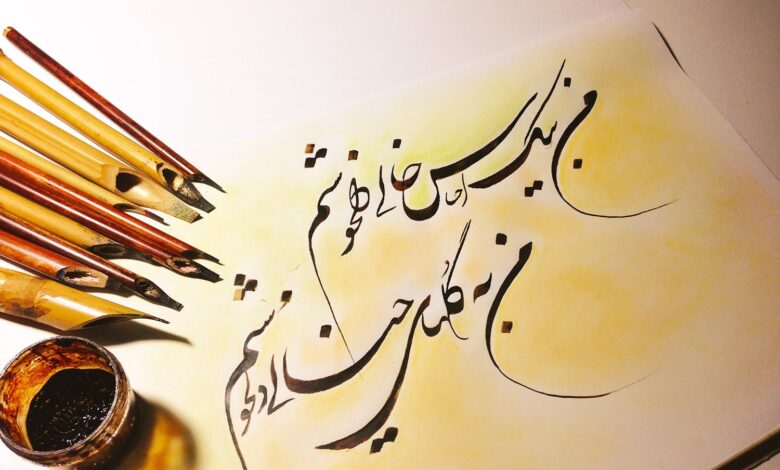
Art is the creation of something that is appealing. Many forms of art have been created throughout history and many have gone extinct. Nations and people of each part of the world have their own traditions. They can easily implement their traditions into an art form and save it for generations to come. As long as there is a form of communication, there is a method of contact. Writing is one of the earliest methods of communication among people. What is the first art format that comes to mind that involves writing? Calligraphy.
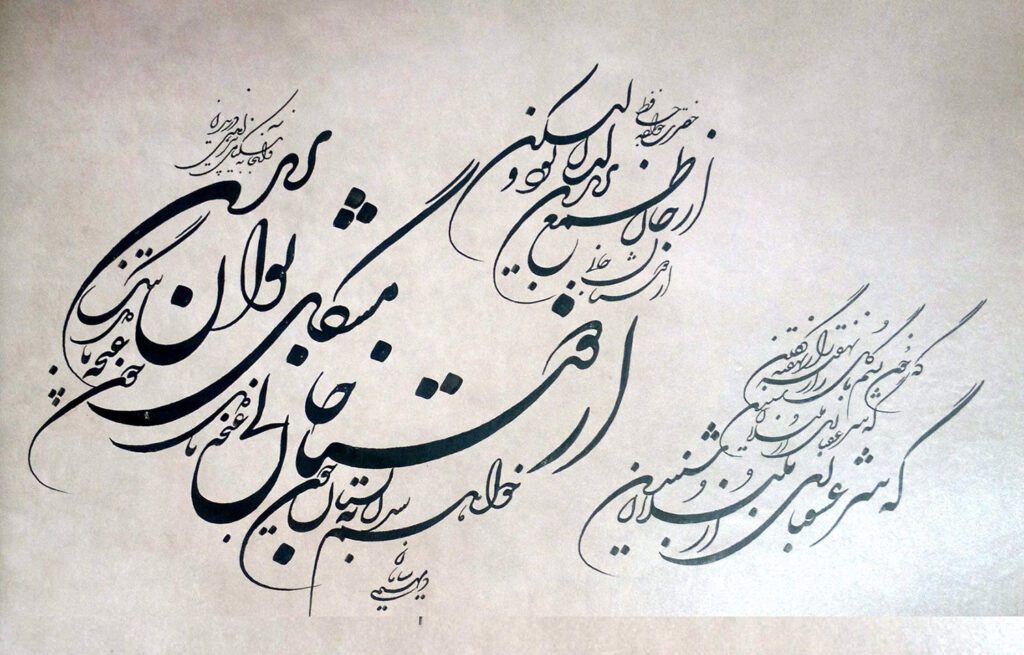
Iranian people are well-known for their rich history and ethics. Calligraphy is one of the biggest forms of art in Iran. Calligraphy means writing in a way that the text looks more interesting and beautiful at the same time. Here we will discuss various topics about Iranian Calligraphy and get to know some cool tips and facts.
Contents
History
It is safe to say that Iranian calligraphy has become more popular since the religion of the country was changed to Islam. The first sightings of calligraphy being used are seen in different versions of Quran manuscripts. Many manuscripts were produced and saved in places such as The Fars Province and other parts of the country. However, many people say that Iranian calligraphy is influenced by the early versions of Chinese calligraphy.
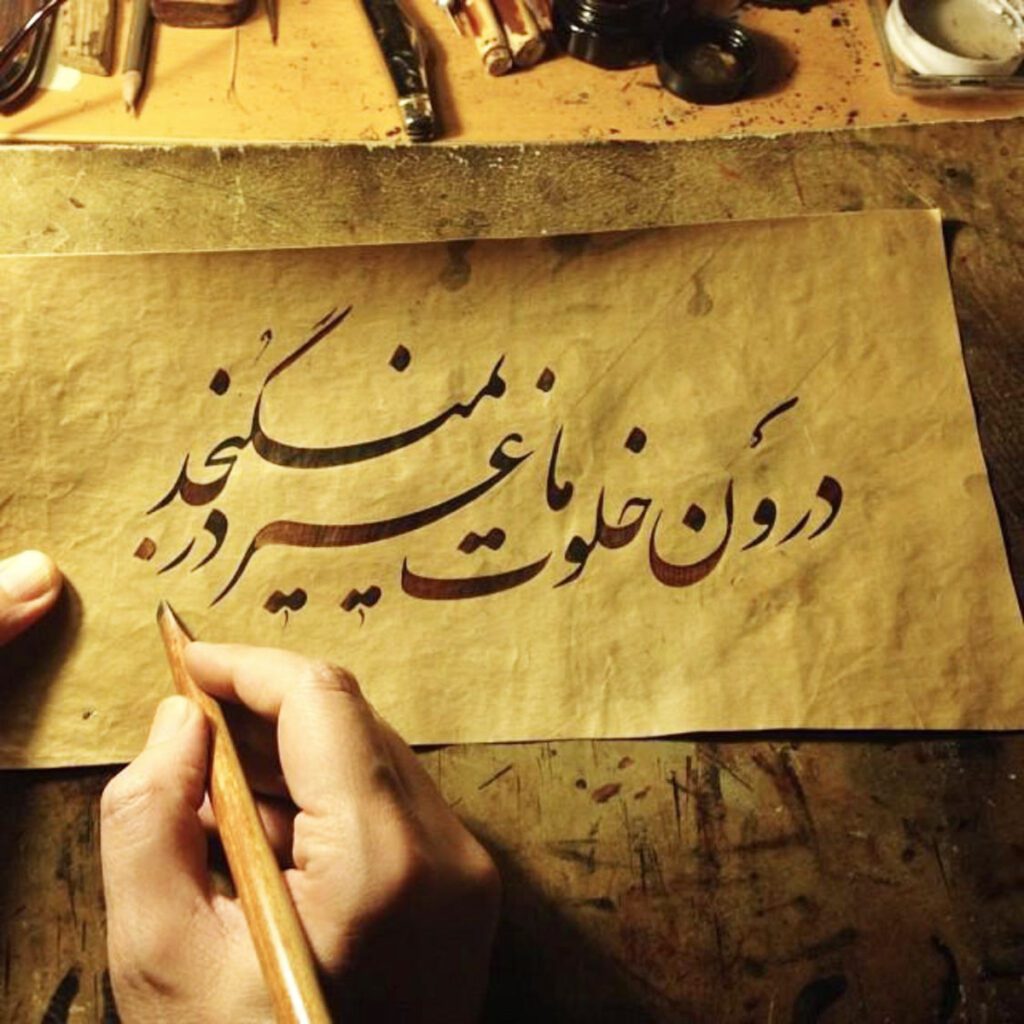
The most common form of calligraphy that was used at the time in Iran is Nastaliq. Nastaliq has an incredible beauty to itself and it includes curves and angular shapes that are inspired by the normal text. A notable person who helped this script to become more popular is Mir Ali Tabrizi. He helped with the usage of other Persian formats of calligraphy. It is also used in poem books, tileworks, artworks, and paintings that can be seen in various forms.
Taliq
It is considered to be the first font that was invented in the Iranian calligraphy field. It first appeared around the beginning of the 7th century and then was used for over the next century in various writings and textbooks. As years went by, it lost its popularity due to other formats and scripts being invented. This script was mainly used for official letters and documents.
Orienttrips Experience
Book Daily Isfahan Tour
Ghazni
This script was truly a representation of art that was used in the Pahlavi era. It is rather a modern version of its predecessors that went on to become more complex as time passed. The calligram that was used in this technique looked like illustrations. Nowadays, art enthusiasts use this technique to make their art pieces.

Nastaliq
Probably one of the most famous Iranian scripts, Nastaliq is a beautiful and mesmerizing format of writing that was first developed in the 14th century and is a great representative of Iranian calligraphy. Many works were produced using this script from 1400 to 1600 which is considered to be the height of this astonishing script. All the famous Iranian calligraphers such as Mir Ali Tabrizi appreciated this script and used it in their artworks.
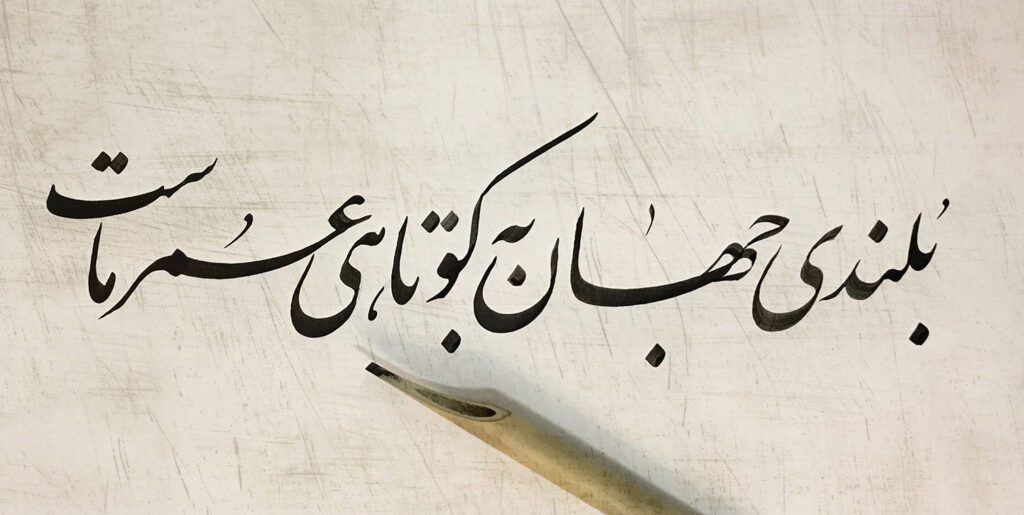
Famous Calligraphers
When it comes to art and scripture, Iranian artists are world-renowned and their artwork stands out among the other artists around the world. Most of them used various scripts and formats but the most famous one that is spread out in their work is Nastaliq. From the middle of the fifteenth century, calligraphers started to make some changes to this script. One major change was making the words larger and giving more curvature to the way words. They also changed the way letters are positioned which made a huge difference in their appearance. Here is the list of some of the most influential Iranian calligraphers:
Mir Ali Tabrizi
An Iranian poet, architect, and calligrapher who used his art and knowledge to create beautiful artworks in these fields. He was born in Tabriz, a city in Iran, and went on to be the student of the master calligrapher Sheikh Ahmad Nairizi. He learned many things from him and took inspiration from his style. He has written more than 80 books on a range of topics such as calligraphy and philosophy.
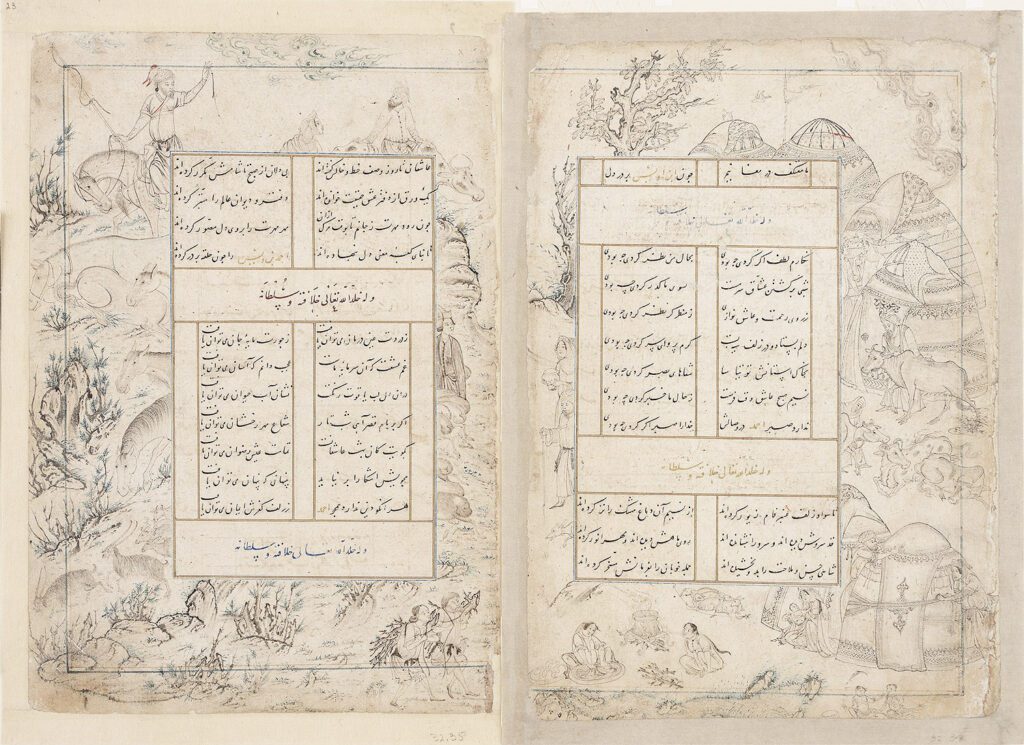
He was chosen as the royal calligrapher at the time and wrote the king’s letters. History tells us that he was a humble human being as he rejected many offers of wealth. He became extremely famous during his life but always stayed humble and down to earth. He started teaching his knowledge to other people. Many of his students became famous and successful and the influence of his work is clearly seen in their works.
Soltan Ali Mashhadi
He was born in the late 17th century, a period that the Safavid dynasty ruled in Iran. He displayed a keen intellect and curiosity about the world around him from an early age. His family soon recognized his potential and ensured that he received a comprehensive education. When he grew up, he became increasingly involved in the affairs of the Safavid court. His influence extended beyond the political realm, as he demonstrated a deep appreciation for the arts and sciences. One of Sultan Ali Mashhadi’s enduring legacies lies in his contributions to Persian literature. He was a prolific poet, as well as being an excellent calligrapher. His poetry often delved into themes of love and the transient nature of human existence. Sultan Ali Mashhadi’s calligraphy was clearly displayed in the works he did for the royal court as well as his own art pieces.
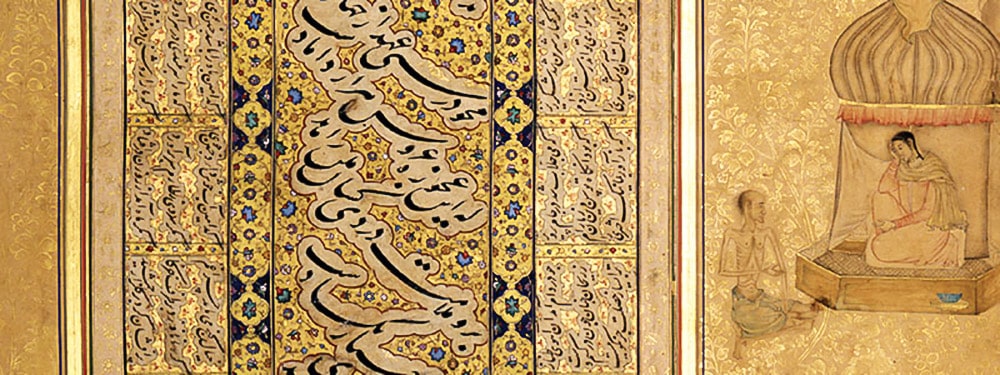
In Iranian culture and history, many artists and prominent characters existed that influenced the next generations. Calligraphy is one of those arts that existed for a long period of time in Iran and many dynasties and governments supported it. Nowadays, we get to enjoy the artworks that were created by the masters who lived before us and we get to experience the people who are willing to learn this beautiful form of art and keep creating more art for future generations.

